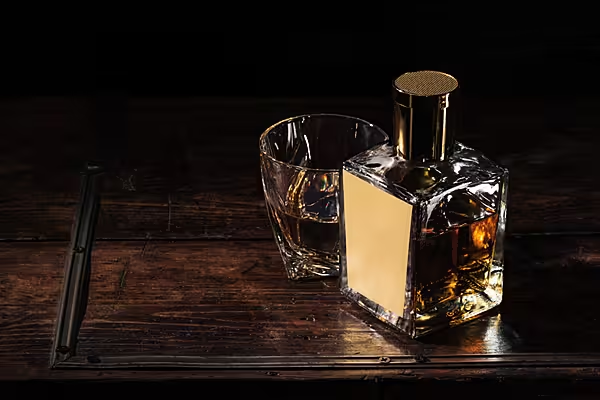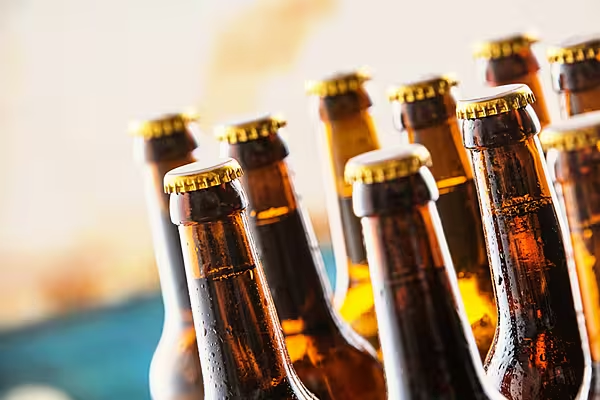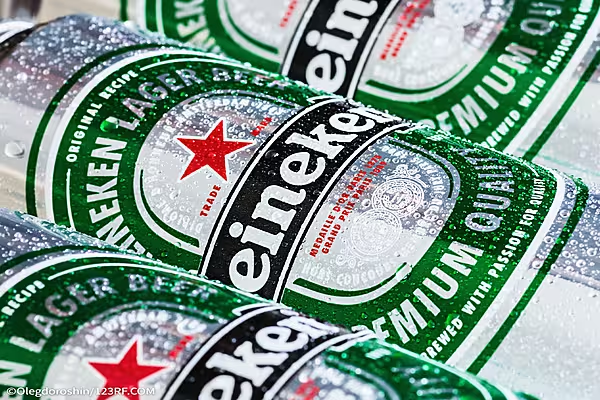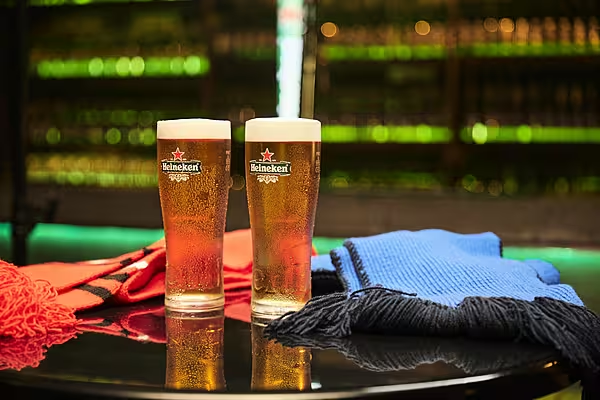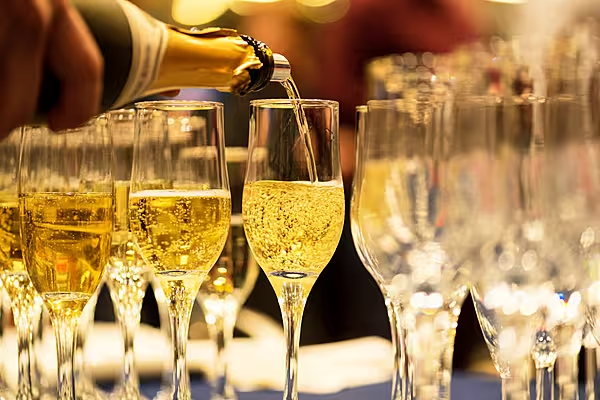Europe's spirits makers announced plans on Tuesday to list the number of calories and ingredients in spirit drinks, as businesses and regulators step up efforts to cater for healthier lifestyles.
Alcoholic beverages have been exempt from EU labelling rules that are in force for all other food and drinks.
The European Commission has, however, called on the sector to come up with a plan to regulate itself amid general interest for healthier eating and drinking habits.
The European consumers organisation BEUC has said that, with Europe facing an obesity crisis, calorie content labelling for alcohol was a necessity.
More Information
In March 2018, the sector came up with an initiative to provide more information about energy content and ingredients but critics said at the time that if much of the information was available only online, it was not realistic to expect all consumers to have access to it.
Tuesday's initiative goes further.
Trade body SpiritsEUROPE, which represents national organisations and multinationals, said on Tuesday it had signed an MoU in which the spirits sector committed "to provide energy information on label together with full ingredient listing and detailed product-specific information online".
The non-binding agreement does not cover wine or beer.
Six Spirits Makers
The MoU was signed by 31 national organisations and six spirits makers. The six were Diageo, Pernod Ricard, Moet Hennessy, Remy Cointreau, Bacardi-Martini, and Beam Suntory
Italy's Campari, Brown-Forman and Edrington, all spiritsEUROPE's members, did not sign the MoU.
"It's an important commitment, which covers a large part of the European spirits industry," Christian Porta, President of SpiritsEUROPE and Managing Director, Global Business Development of Pernod Ricard, told Reuters.
Labelling should become effective within six months in December 2019 for all new bottles produced.
Labels will provide energy values per 100 millilitres, as for standard drinks, but also per “recommended serving”, something the spirits industry has been keen on because of the smaller measures used for whisky, gin or vodka.
The MoU has a timetable calling for one in four bottles placed on the EU market to include energy information on-label by the end of 2020. That is then set to rise to 50% and 66% by the end of 2021 and 2022 respectively.
The signatories will work with the Commission to monitor the impact and effectiveness of the initial framework, with two meetings planned per year to review progress made.
News by Reuters, edited by Donna Ahern Checkout. Click subscribe to sign up for the Checkout print edition.
